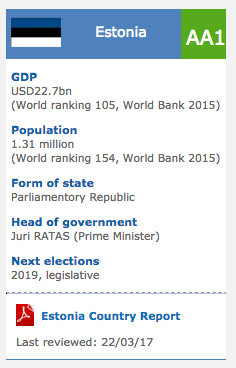Energy in India
-
INDIA, 2015/12/26
Russia and India signed agreements on Thursday to boost cooperation in energy and defense, while New Delhi aims to modernize its armed forces and build a nuclear industry and Moscow seeks investment and new markets.
Russian President Vladimir Putin told a joint briefing with visiting Indian Prime Minister Narendra Modi that Moscow supported New Delhi's "strengthening role in resolving world and regional problems".
Russia is keen to develop and deepen its Soviet-era economic ties with India and sell new technologies to one of the world's fastest-growing economies at a time its own economy is stagnant, hit by Western sanctions and a plunge in world oil prices.
-
INDIA, 2013/07/20
The Indian states of Punjab and Tripura played a pivotal role in convincing New Delhi to do so, which raises the issue of whether national governments in India should have better autonomy at the same time as it comes to managing its economic affairs.
India has indicated it is willing to export 500 megawatts of electricity to Pakistan and Bangladesh to help alleviate their energy crises. But there has been considerable opposition to the power-selling scheme, particularly in Pakistan. Jamaat-ud Dawah leader Hafiz Saeed and other hardliners in Pakistan have attacked Prime Minister Nawaz Sharif for agreeing to the scheme, stating that are there is ‘no need to beg India’. Sceptics in India as well feel that this is not a pragmatic decision, arguing that the country should initial address its own energy crisis before exporting electricity to its neighbours.
-
INDIA, 2013/01/01
Energy consumption in India is likely to double to 1,124 kgs of oil equivalent (kgoe) by 2031-32 on the back of high economic expansion, a joint study by consultancy Deloitte and industry chamber Assocham showed Wednesday.
The statement said a multi-pronged strategy, like increasing production of oil and gas and diversifying import sources, are needed to meet growing energy request in India, which is heavily dependent on imports.
-
INDIA, 2012/08/08
This week, much of northern India was plunged into darkness for two consecutive days. About 700 million people were left without power, a situation that has affected transport, communication, healthcare, industries, agriculture and everything in between.
The outgoing power minister, Sushil Kumar Shinde, blamed a few states for drawing additional power than they were entitled to. He didn't name them, but Indian newspapers were less coy, identifying Uttar Pradesh, Punjab, Haryana and Jammu Kashmir as the offending areas. The regional grid could not cope with the increased request, and – because some of the grids are interconnected – the system tripped.
-
INDIA, 2011/03/26
India’s future energy scenario poses increasing challenges on account of energy security as well as environmental considerations.
-
INDIA, 2011/01/02
Electric power generation in India is done predominently by government sector entities. These are controlled by various central public sector corporations, such as: National Hydroelectric Power Corporation, National Thermal Power Corporation and various national level corporations (national electricy boards - SEBs). The transmission and distribution is managed by the National Electricity Boards (SEBs) or private companies.
-
INDIA, 2011/01/01
The energy policy of India is characterized by tradeoffs between major drivers:
Rapidly growing economy, with a need for dependable and reliable supply of electricity, gas, and petroleum products;
Increasing household incomes, with a need for affordable and adequate supply of electricity, and clean cooking fuels;
Limited domestic reserves of fossil fuels, and the need to import a vast fraction of the gas, crude oil, and petroleum product requirements, and recently the need to import coal as well; and Indoor, urban and regional environmental impacts, necessitating the need for the adoption of cleaner fuels and cleaner technologies.
These trade-offs are often difficult to achieve. For example, the supply of adequate, from presently on affordable electricity generated and used cleanly is a continuing challenge because expansion of supply, and adoption of cleaner technologies, particularly renewable energy, often means that this electricity is too expensive for a lot of Indians, particularly in rural areas.








